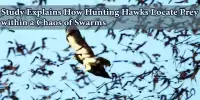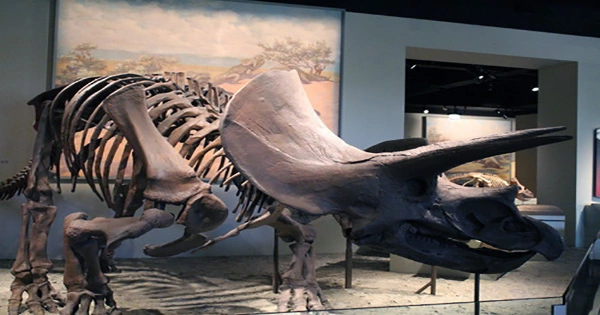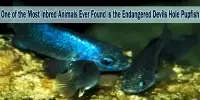The unlawful killing and trafficking of animals and plants, together with the climate issue, is one of the biggest dangers to wildlife biodiversity. The illegal wildlife trade is one of the world’s most valuable clandestine enterprises, despite numerous laws prohibiting it.
Animals, particularly those from threatened and endangered species, are frequently exploited and sold for their pelts as well as utilized as food, medicine, aphrodisiacs, curios, and spiritual items.
Researchers from Arizona State University predict that between 1990 and 2020, more than 1.1 million sea turtles were illegally killed and, in some cases, trafficked, according to a recent study published in Global Change Biology.
Over the past ten years, up to 44,000 sea turtles have been exploited annually in 65 nations or territories and 44 of the 58 major sea turtle populations worldwide, despite the fact that there are laws in place that forbid their capture and usage.
The study found that, despite the apparent high number of turtles poached, the reported unlawful exploitation of sea turtles actually decreased by about 28% during the previous ten years, which astonished the researchers. They initially expected to see an overall increase in reported poaching.
“The decline over the past decade could be due to increased protective legislation and enhanced conservation efforts, coupled with an increase in awareness of the problem or changing local norms and traditions,” says Kayla Burgher, co-first author of the study and a doctoral student in ASU’s environmental life sciences program in the School of Life Sciences.
The researchers discovered that, in addition to the minor drop, the majority of the recorded unlawful exploitation during the previous ten years took place in sizable, stable, and genetically varied sea turtle populations.
Our assessment is an important foundation for future research and outreach efforts regarding illegal sea turtle exploitation. We believe this study can help conservation practitioners and legislators prioritize conservation efforts and allocate their resources to best help protect sea turtle populations from harmful levels of exploitation worldwide.
Kayla Burgher
According to Jesse Senko, co-first author of the study and assistant research professor at Arizona State University’s School for the Future of Innovation in Society, this finding could be a benefit given the large number of turtles that are being abused unlawfully.
“What this means is that most of these sea turtles came from healthy, low-risk populations, which suggests that, with a few exceptions, current levels of illegal exploitation are likely not having a major detrimental impact on most major sea turtle populations throughout the world’s oceans.”
Senko adds, however, the results should be cautiously considered. “Assessing any illegal activity is difficult, and the take and trade of sea turtles is no exception, especially when it becomes organized or connected to crime syndicates. Our assessment also did not include eggs or turtle products, such as bracelets or earrings made from sea turtle shells that could not be easily attributed to individual turtles,” says Senko.
To conduct a thorough examination of the available data on exploited sea turtles, the researchers in the study evaluated data from peer-reviewed journal publications, historical media accounts, NGO reports, and online questionnaires.
Additional patterns and trends were found by the study, which may help choose conservation management objectives. For instance, China and Japan were the most popular final destinations for nearly all products derived from illegal sea turtle trafficking, while Vietnam was the most frequent country of origin. Similar to that, the most popular trade route for all three decades was from Vietnam to China.
Across the 30-year study period, 95% of poached sea turtles came from two species green and hawksbill turtles both of which are listed under the U.S. Endangered Species Act. Additionally, Southeast Asia and Madagascar have emerged as key centers for the illegal capture and trading of sea turtles, particularly the critically endangered hawksbills, who are valued for their exquisite shells in the black market for wildlife.
“Our assessment is an important foundation for future research and outreach efforts regarding illegal sea turtle exploitation. We believe this study can help conservation practitioners and legislators prioritize conservation efforts and allocate their resources to best help protect sea turtle populations from harmful levels of exploitation worldwide,” says Burgher.
The research team says much more needs to be done to sustain global biodiversity.
“Increased support for governments lacking the resources to protect sea turtles is needed, along with support for communities to sustain human well-being in the face of restrictions or bans on sea turtle exploitation. We must develop conservation strategies that benefit both people and turtles,” says Senko.
















